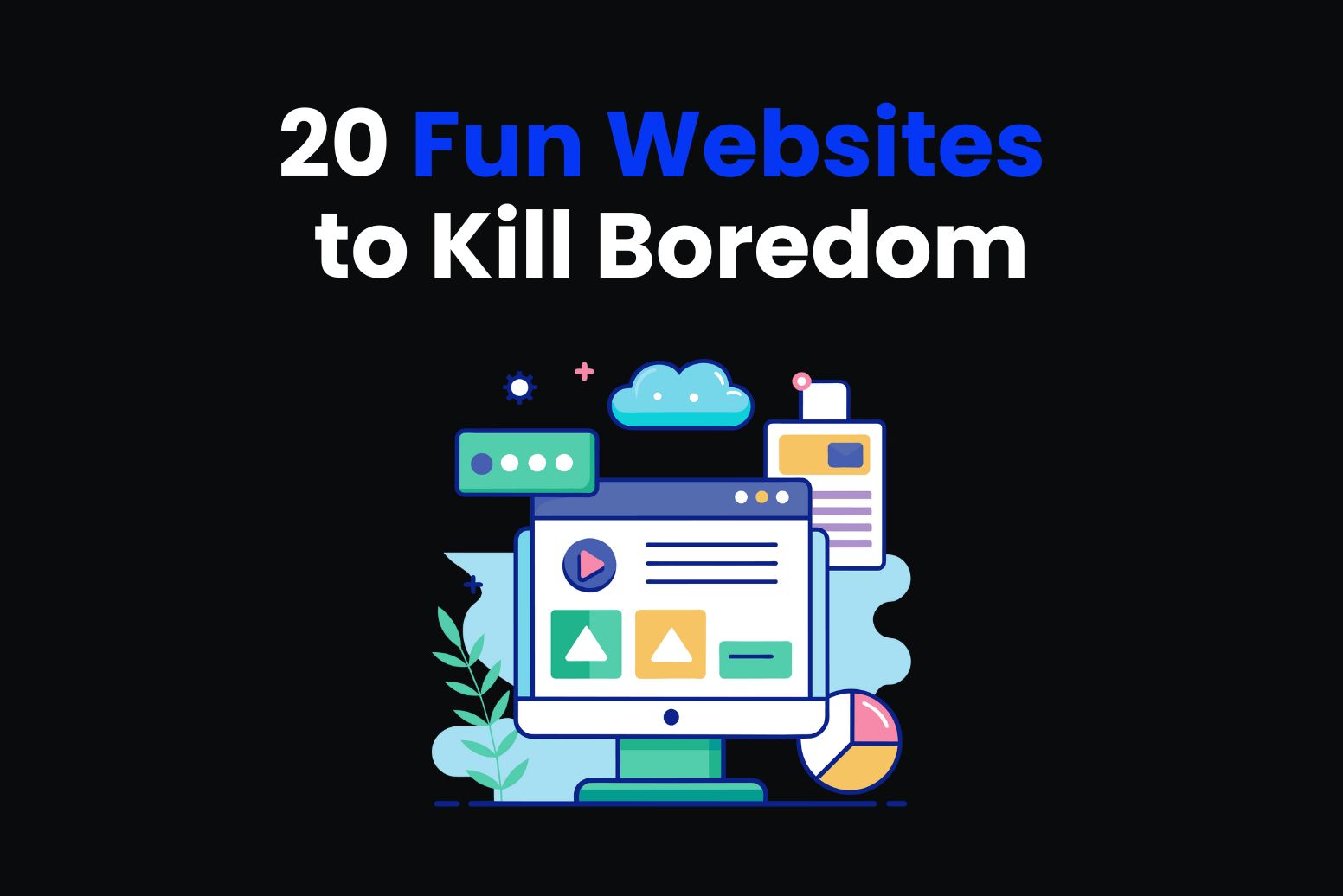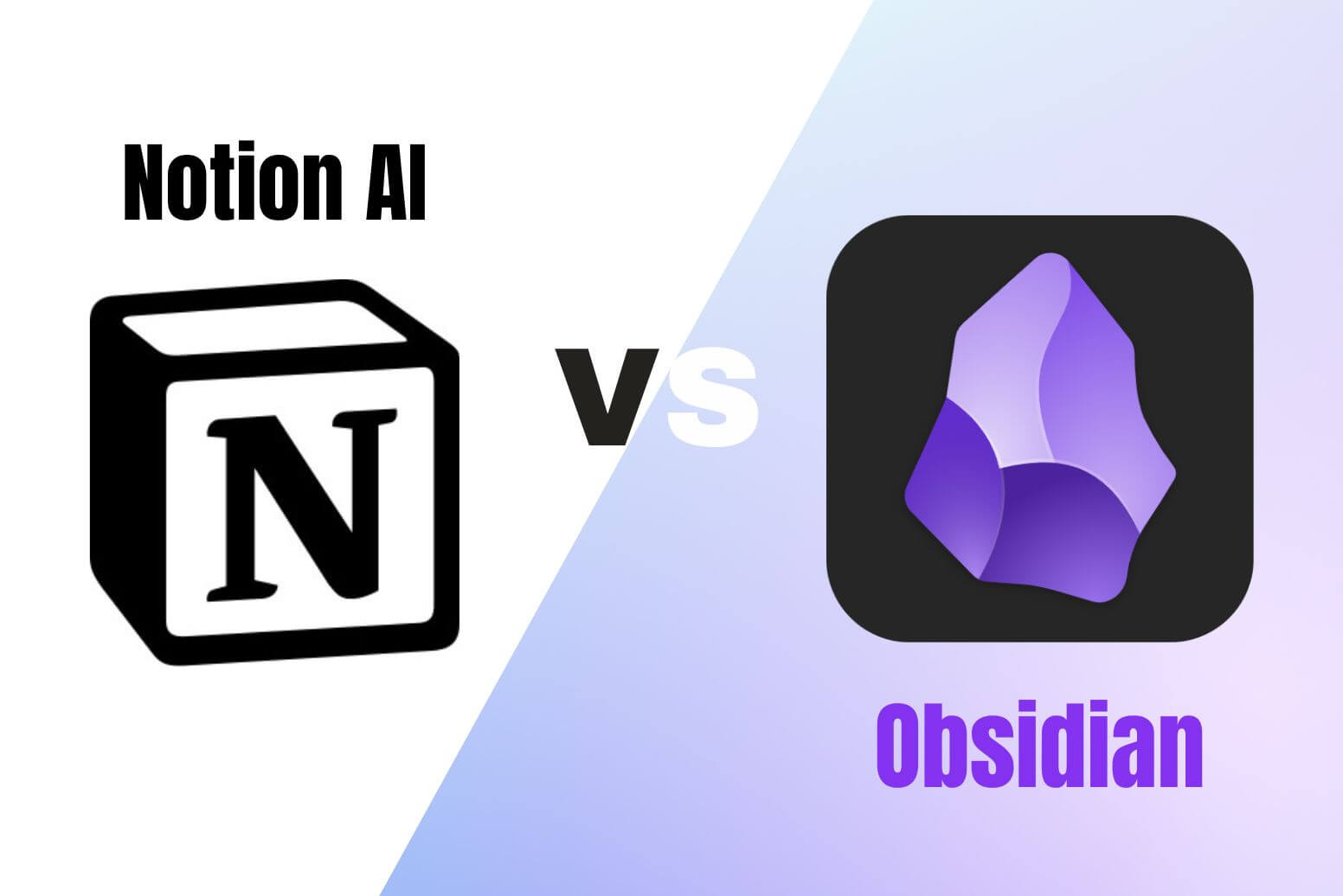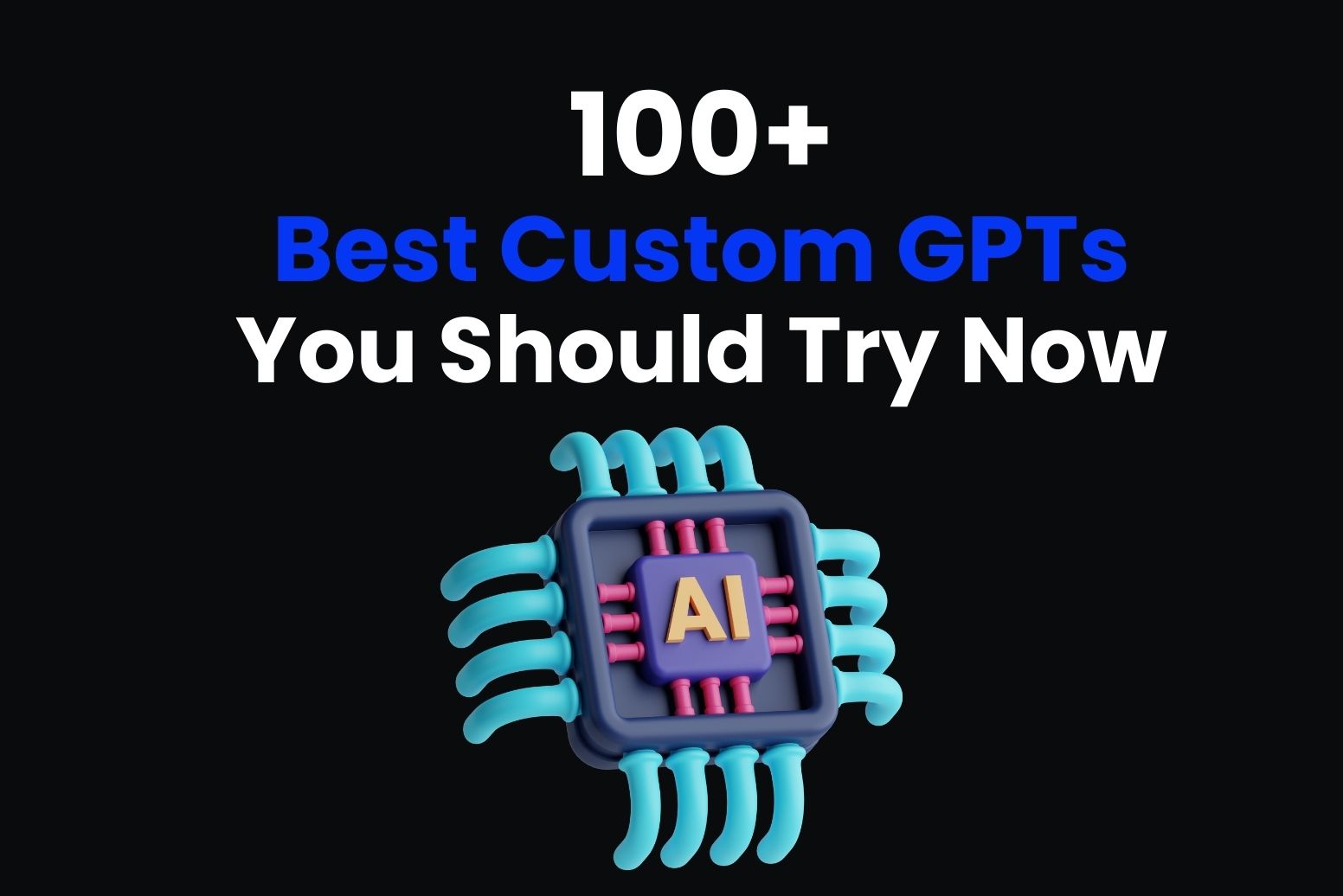It is important to understand users to create effective products and services. User research methods, approaches, and techniques allow insight into user behavior, preferences and pain points. With the use of AI tools, new horizons and efficiency in precision will be experienced in the course of research. This guide clarifies and compares the different methods and techniques of user research methods sketch. How advanced AI tools will radically disrupt the former methods of presenting research and their findings and also how they will help streamline team collaboration will mean more targeted designs that are likely to be accepted by the audience.
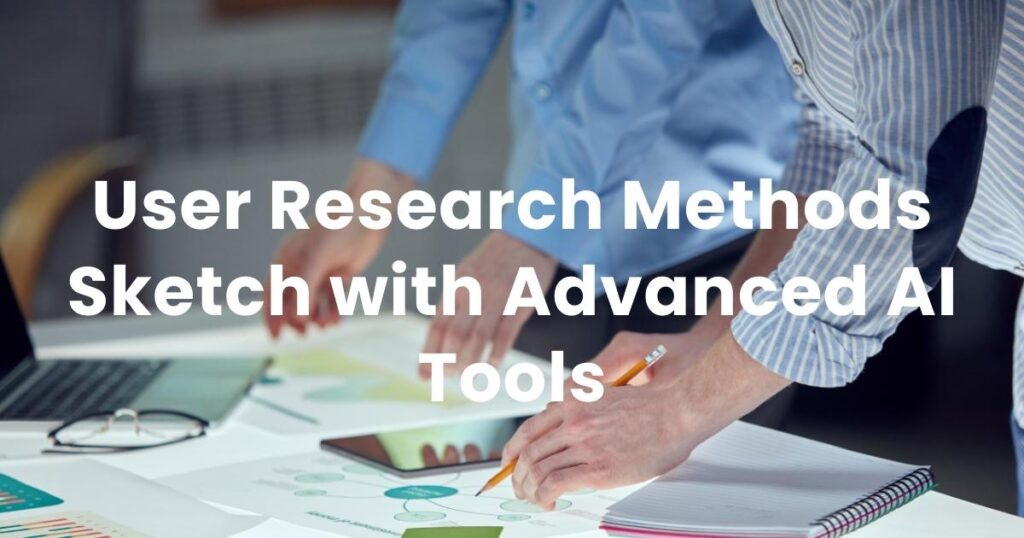
What is User Research?
Under user research, lies an analysis of all characteristics of users on account of which their needs and behavior patterns are propounded. Let us consider the value of the research. Most likely, the primary goal of such a research is to appreciate the way users tend to view things. This may prove crucial to the design and development of various products or services. Basically, user research methods sketch relies on several qualitative and quantitative research techniques to generate information that informs appropriate interventions at the design phase.
Importance of User Research
Understanding the needs, behavior and motivation of users is very important in developing user-centric products. Without thorough user research methods sketch, there is a risk of wasting resources and losing opportunities by creating solutions that don’t resonate with the target user.
Benefits of Integrating User Research into Product Development:
- Improve user experience: Collect user feedback early in the design process to develop products that meet your expectations and increase overall satisfaction.
- Informed Decision-Making: User research provides data that guides design and function prioritization and makes decisions based on actual user needs rather than assumptions.
- Lower development costs: Early identification of potential issues through user feedback saves time and resources in the later stages of development.
Evolution of user research technology
User research methods sketch has evolved dramatically over the past few decades, shifting from traditional methods like surveys and interviews to more modern approaches enhanced by advanced AI tools.
From Traditional Methods to AI-Enhanced Tools
In the past, user research methods sketch used a lot of time and resources-intensive methods. However, the rise of technology and data analysis has enabled the development of advanced tools that simplify the research process. AI tools automate data collection and analysis, enabling researchers to collect knowledge more efficiently. For example, AI can process large datasets, identify patterns, and produce reports, allowing researchers to focus on interpreting results and making informed decisions.
Key Types of User Research Methods
User research methods sketch are roughly divided into qualitative and quantitative studies.
- Qualitative Research: Qualitative research focuses on understanding the underlying motives and emotions of users. In many cases, free-form questions and exploratory methods are used to obtain rich and detailed insights.
- Quantitative Research: On the other hand, quantitative surveys deal with numerical data and statistics. With the aim of quantifying user behavior and preferences, researchers can measure trends and correlations.
How AI Tools Support Both Methods?
AI tools can support both qualitative and quantitative surveys by providing advanced data analysis capabilities. For qualitative surveys, AI can help you analyze free-form answers and find common themes. For quantitative surveys, AI can automate data collection and complex statistical analysis to increase the accuracy and speed of insight generation.
5 Best Tools for Sketch User Research
1. Arvin AI
Arvin AI is a classy tool personalized for user research methods sketch, especially beneficial to designers working in the early stages of sketches and ideas. With the help of AI techniques, Arvin AI is capable of validating design ideas on the spot, managing user feedback, and applying optimization in a matter of minutes. It is an effective application that is suitable for all project sizes and assists design teams in improving their performance through specific feedback. A very functional tool, Arvin AI also comes in handy in situations where design processes involve a lot of repetitive tasks whereby teams can polish their ideas and concentrate on improvements that matter quite early.
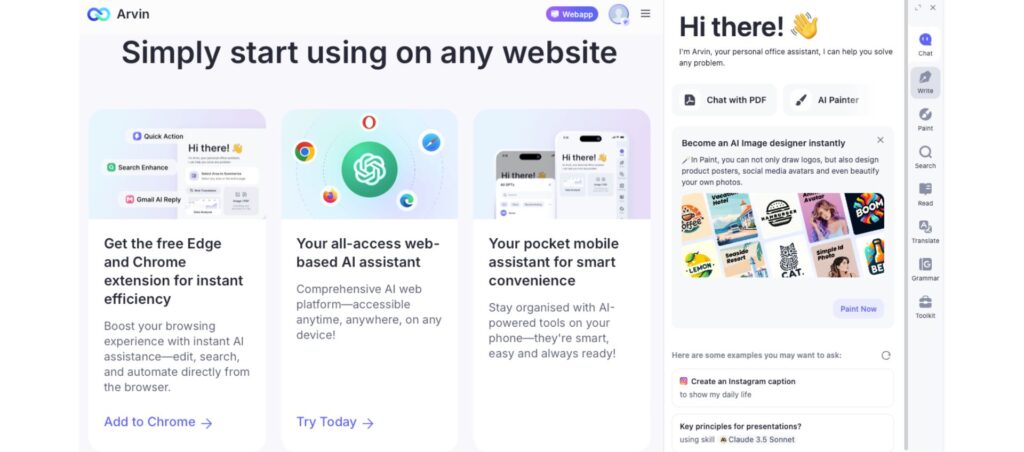
Key Features:
- AI feedback: Provides real-time feedback based on user input to increase design accuracy.
- Customizable Reports: Create customized reports to understand user preferences in detail.
- Seamless integration with Sketch: Direct integration with Sketch improves design workflow.
- Collaboration Tools: Promote teamwork by sharing annotations and real-time comments.
- Automatic Data Visualization: Converts complex data into easy-to-understand graphs and charts.
Pros:
- Speed up feedback loops and reduce design repetition.
- Enhanced team collaboration with real-time updates
- Simplify data interpretation with accessible insights.
Cons:
- There are restrictions on reporting customization.
- Premium features are expensive.
Personal Experience with Arvin AI
I can personally say that using Arvin AI for teaching has redefined how to approach teaching preparation and lesson planning. Indeed, its personalized suggestions based on real-time analytics and insights are much easier in understanding the unique needs of my students, thus making me save precious time, and using it has improved my concentration on student engagement and more dynamic learning from everyone in the classroom.
2. Lookback
Lookback is an effective tool for designers as they can conduct remote interviews and prototype tests to obtain live user feedback. It is highly engaging and human-oriented design approach makes it possible for teams to appreciate user behavior and their likes within a certain context. This function is very suitable for cyclic design processes and allows quick corrections due to user research methods sketch. It is possible to watch sessions, mark important places, and work effectively with other people in the course of designing by Lookback.
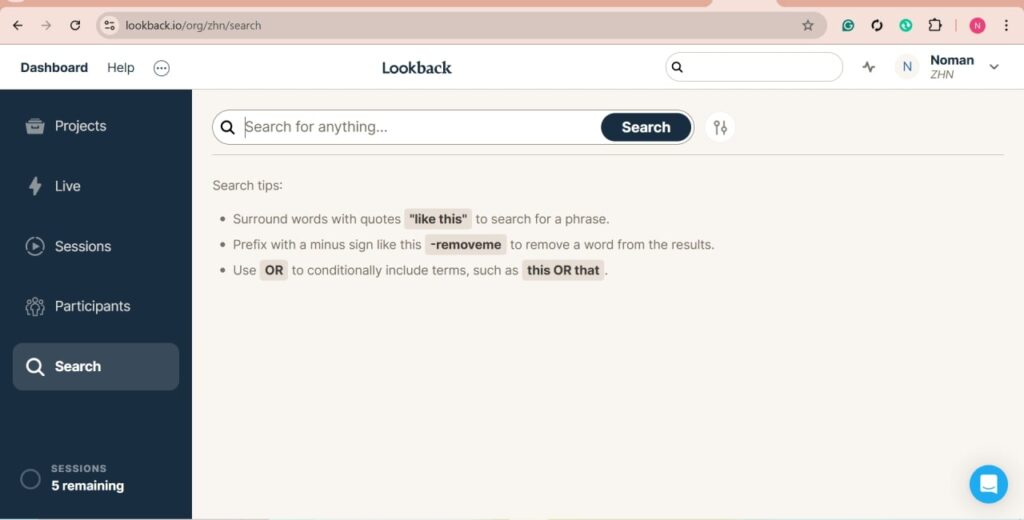
Key Features:
- Remote user interviews – live or self-guided interviews with users.
- Recording sessions: Recording sessions for review and analysis.
- Annotations: Mark specific moments for easy reference.
- Collaboration Options: Team members can watch and record live.
Pros:
- Supports remote usability testing.
- Detailed insights are available through recording sessions.
- Easy integration with design workflows.
Cons:
- Limited customization options.
- A stable internet connection is required for optimal performance.
- Large teams are costly.
Personal Experience with Lookback
I use Lookback as my default tool for doing remote user research methods sketch. Using it, the ability to review sessions and make real-time annotations has been incredibly invaluable—I never miss those crucial insights. Lookback’s seamless natural approach to remote testing makes it perfect for observing genuine user interactions; this would provide a solid, insight-driven foundation for my design process.
3. Maze
Maze is the powerful tool to run data-driven rapid user research methods sketch for agile and fast design teams. In this, designers or researchers can prototype well-tested in order to be assured about the precious findings of user feedback and deep practical knowledge. In addition, Maze turns out to be the love that teams need for making quick accurate iterations with intuitive interfaces and smooth integrations that work hand in glove with design platforms like Sketch, Figma, and In Vision.
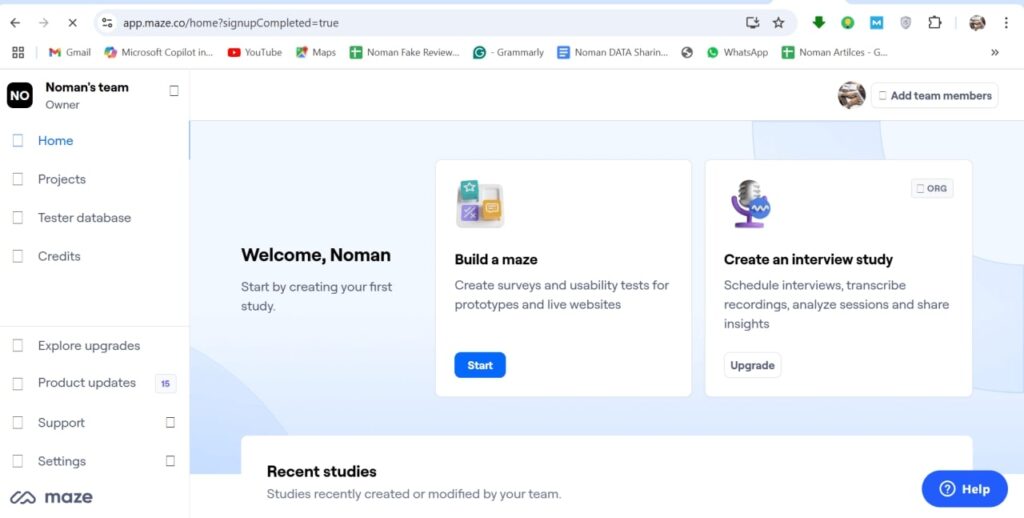
Key Features:
- Prototype Testing: Easily test Figma, Sketch, and InVision prototypes.
- User Survey: You can create and distribute surveys in Maze to obtain targeted insights.
- Analytics Dashboard: Provides comprehensive analysis and reporting.
- Collaboration Tools: Share findings and discuss insights with your team.
Pros:
- Supports multiple prototype formats.
- Easy setup with user-friendly interface.
- Provide real-time insights.
Cons:
- Limited control of test flow.
- The depth of analysis may be insufficient for complex projects.
- New users need a learning period.
Personal Experience with Maze
It really streamlines my research as a user, especially in the context of fast-paced project cycles when I need rapid insights. Its intuitive interface and seamless integration with my design tools really made gathering feedback and making data-driven decisions incredibly efficient during testing. Maze’s insights keep me aligned with user needs, which helps me get precision and clarity in my work even in tight timelines.
4. Optimal Workshop
Optimal Workshop is more than just critical tools like card sorting, tree testing, and first-click testing; it supports the development of applications for use in fieldwork for reasonably easy and light applications. It is that perfect answering machine that facilitates the enhancement of information architecture and usability enabling teams to observe the historical parsing of way content was before users’ movements and the way the users actually moved through the content. Some of the useful assets of Optimal Workshop expose tendencies of user experience, and make information intuitively organize by designers. Build navigation and usability so that the experience is built based on real user insights.

Key Features
- Card Sort: Allows you to understand user classification.
- Tree Test: Verify information architecture for better navigation.
- First Click Test: Identify first click success for UI/UX optimization.
- Research Tools: Support comprehensive user feedback collection.
Pros:
- Flexible tools for various research methods.
- Ideal for improving site navigation and structure.
- Easy-to-understand data visualization.
Cons:
- No advanced customization options.
- It may overwhelm beginners.
- Prototype test function is limited.
Personal Experience with Optimal Workshop
As an Optimal Workshop user, it’s been a complete game-changer in further refining site architecture and general usability. In terms of testing, tools such as card sorting and tree testing really are great at surfacing insights of how people naturally categorize and find information. It feels incredibly empowering to design layouts that feel intuitive based upon actual user behavior. Optimal Workshop has proved to be immensely instrumental in creating user-friendly structures that are both logical and actually strike the right chord with end-users.
5. UserTesting
UserTesting is also another video recording tool that is widely used to collect video feedback from target audiences in order to ensure understanding of authentic user behavior and preferences. The strong analytical capabilities can make sure that teams experience user testing, insights from the interaction, analysis of reaction, and improvement in the data-based design. Designers can also analyze real interactions, discover the presence of painpoints, iterate accordingly, and still view diverse users. It is ideal for improving user experience through practical and pragmatic insights into intuitive interfaces along with powerful analytical capabilities.

Key Features
- Live Interview: Live session with actual users.
- Session Recording: Observe how users operate the product.
- User Panel: Get feedback by accessing various potential users.
- Insight dashboard: Provides detailed analysis to deepen understanding.
Pros:
- Extensive video feedback insights.
- Access to a large number of users.
- Good for testing the actual behavior of users.
Cons:
- High pricing.
- Limited trial period for new users.
- There are restrictions on customization for testing.
Personal Experience with UserTesting
Being a UserTesting user has been indispensable in understanding how actual users interact with my designs. In my testing, video feedback gave me firsthand insights from users opening up usability challenges and pain points that I might have otherwise missed. This tool has really been an investment that paid off, allowing me to make more user-focused and practical designs.
Comparison of User Research Tools
| Tool | Ideal Use Case | Learning Curve | Collaboration Features | Platform Compatibility | Best For |
| Arvin AI | Early-stage ideation and concept validation | Easy | Real-time comments, shared annotations | Works with Sketch | Designers seeking AI-driven insights |
| Lookback | Remote user interviews and usability testing | Low | Live observations, session sharing | Browser-based | Teams focused on remote testing |
| Maze | Rapid prototype testing with survey integration | Easy | Team collaboration, shared reports | Integrates with Figma, Sketch | Agile teams needing fast feedback |
| Optimal Workshop | Testing information architecture and navigation | Moderate to High | Data sharing, customizable reports | Browser-based | UX researchers focused on IA testing |
| UserTesting | In-depth video feedback and real user behavior | Moderate | Live user panels, team review sessions | Web app, Mobile | Designers wanting authentic user input |
Verdict:
In summary, while all five tools offer valuable features for user research methods sketch, Arvin AI stands out as the best option for designers seeking AI-driven insights during the early stages of ideation. Its seamless integration with Sketch, real-time collaboration features, and ability to streamline feedback loops make it particularly effective for iterative design processes.
Case Study: Sketching User Research Findings with Arvin AI
Consider a case study to explain the practical application of user research methods sketch using Arvin AI.
Background and Purpose
The purpose of this user research methods sketch project was to understand the user experience of new mobile apps designed for personal financial management. The team aimed to identify painpoints, user preferences, and improvements to enhance the ease and effectiveness of the app.
My Personal Review about Arvin AI
In my personal review, I find Arvin AI to be the best tool for user research methods sketch. Its AI-driven analytics provide quick and actionable insights, which are essential for early-stage ideation. The seamless integration with Sketch enhances my workflow, while the real-time collaboration features facilitate effective teamwork. Additionally, the ability to generate customizable reports makes it easier to convey findings to stakeholders. Overall, Arvin AI significantly improves the design process and user experience.
Use Arvin AI for sketching and analyzing findings
The investigation process began with data collection through questionnaires and interviews. Arvin AI facilitated analysis by automatically classifying responses and identifying common themes.
- Data Collection: The survey team used Arvin AI to distribute questionnaires and adjust interview dates to collect data from a diverse audience.
- Analysis: AI analyzes collected data and creates user persona and empathy maps based on user attributes and behavior.
- Insight sketches: The team used AI-generated visuals to create storyboards that illustrated user journeys, highlighting key interactions.
By following this structured approach, the team ensured that the discovery was accurate and practical.
Results and Outcomes
The integration of Arvin AI into the research process resulted in several improvements:
- Improved efficiency: Arvin AI’s automated analytics and sketching capabilities greatly reduced data processing time.
- Collaboration enhancements: Real-time sketches and feedback accelerate collaboration among team members to gain more insight.
- Improved accuracy: AI-driven insights have made user representation more accurate, enabling teams to make informed decisions.
Ultimately, the timeline of the project was shortened, the quality of the insights improved, and Arvin AI demonstrated the impact on user research.
Conclusion
The challenge of user research methods sketch findings translates into transforming complex information into useful insights that drive user-centered design. Hence, research becomes more efficient and precise with the help of innovative, advanced AI technologies such as Arvin AI. It not only recruits and processes data automatically, but it also allows for real-time participation so that all stakeholders can add their input where relevant. Through integration with your workflow of user research methods sketch, you will better understand, improve design solutions, and finally, have a more satisfactory user experience.
Frequently Asked Questions
This guide encompasses diverse user research methods sketch: for example, interviewing people, conducting surveys, performing usability testing, A/B testing, and journey mapping. Every method is targeted at the specific insights into user behavior and preferences making it easier for the team to visualize the focus user.
The AI tools enhance the usability research process. By collecting data from analysis and visualization, one can automate some steps on analysis and visualization that assure results from user behavior studies can easily be drawn and used to inform designs to improve design strategies.
A user persona and an empathy map are two visual descriptions for teams to understand their target audience. The user persona is a picture-based representation of a fictional character, which would embody the specific features and behavior of the user group, and the empathy map gives an idea of what a user would think, feel, and want.
Collaborative sketches using AI tools help team members deliver ideas and insights in real time to drive a more comprehensive design process. By integrating AI, tools can propose design improvements and highlight user feedback trends, allowing teams to create more effective, user-centric solutions together.
In order to conduct unbiased user research methods sketch, it is essential to use various sampling methods, ask free-form questions, and avoid inductive expression. By periodically reviewing research methods and allowing various stakeholders to participate in the process, it is also possible to increase the reliability of the findings and promote a balanced perspective.




